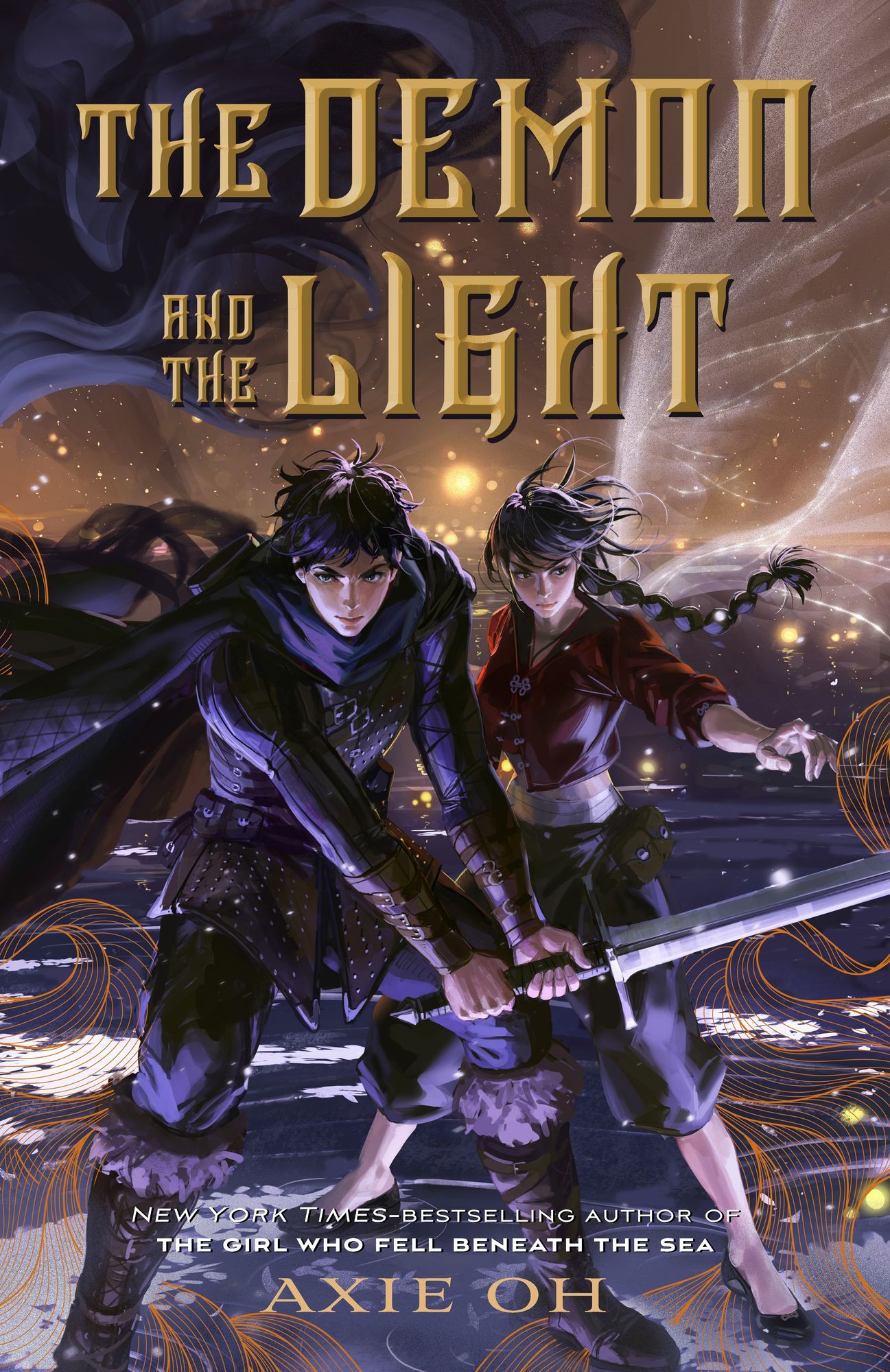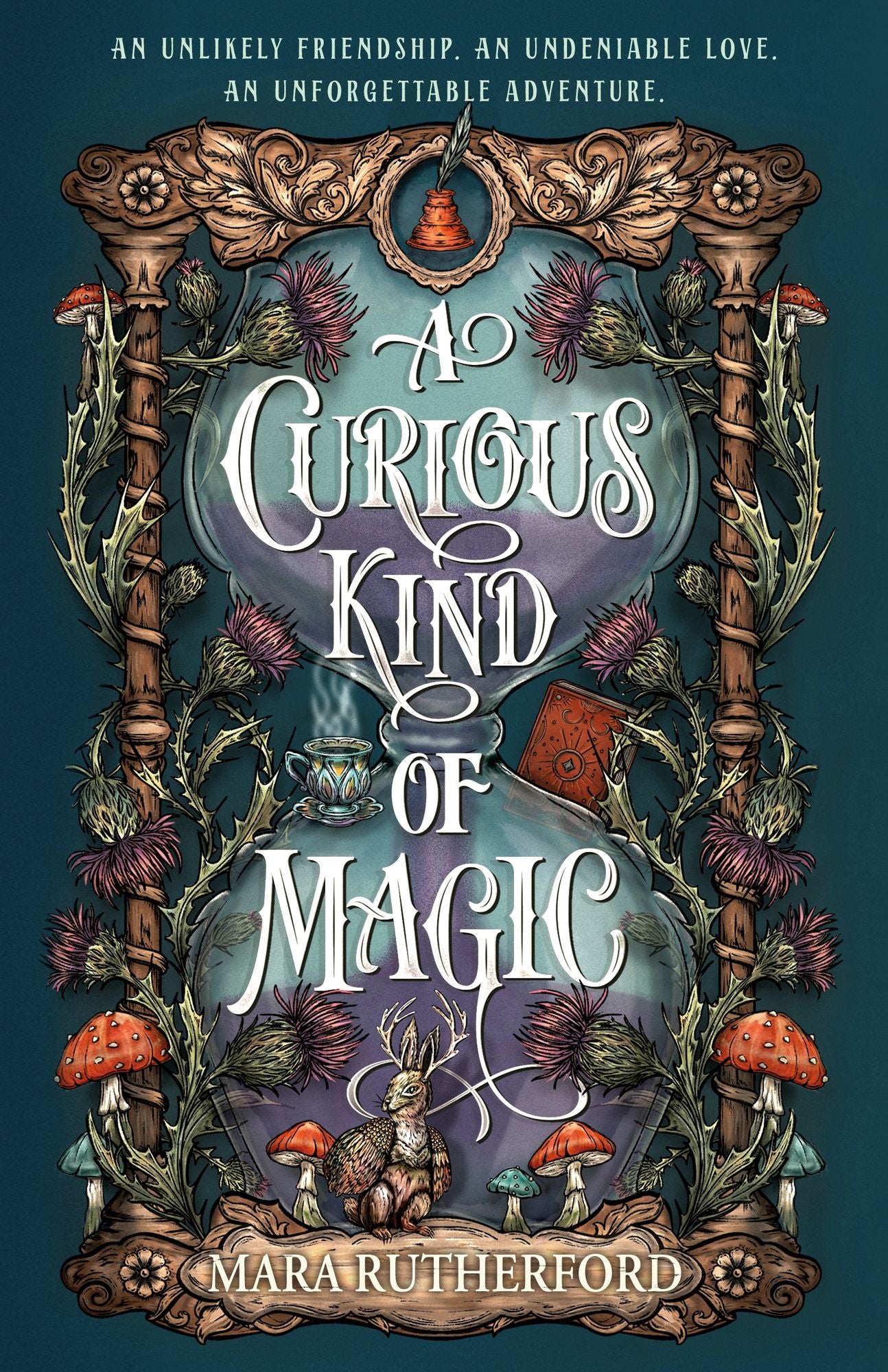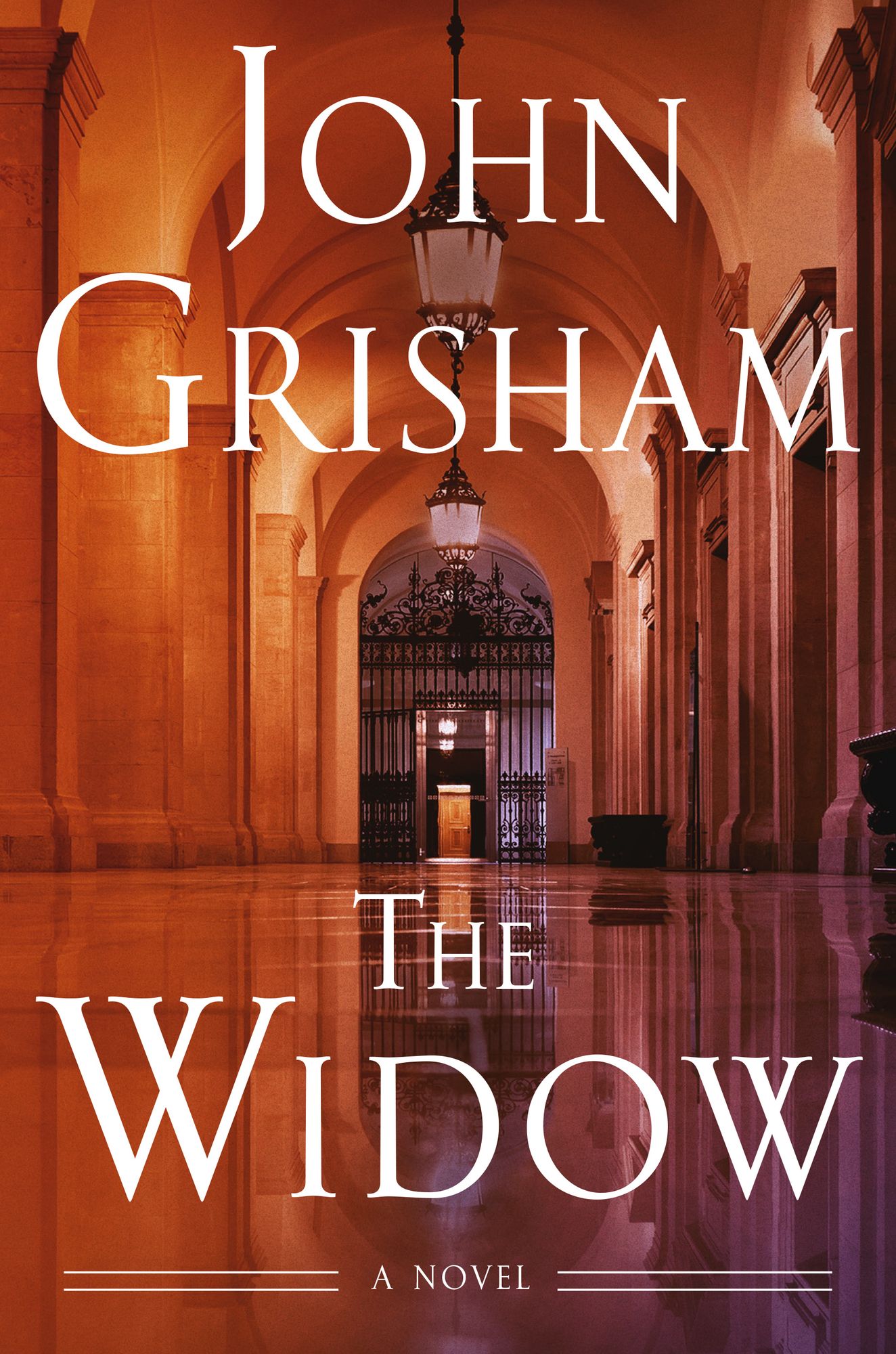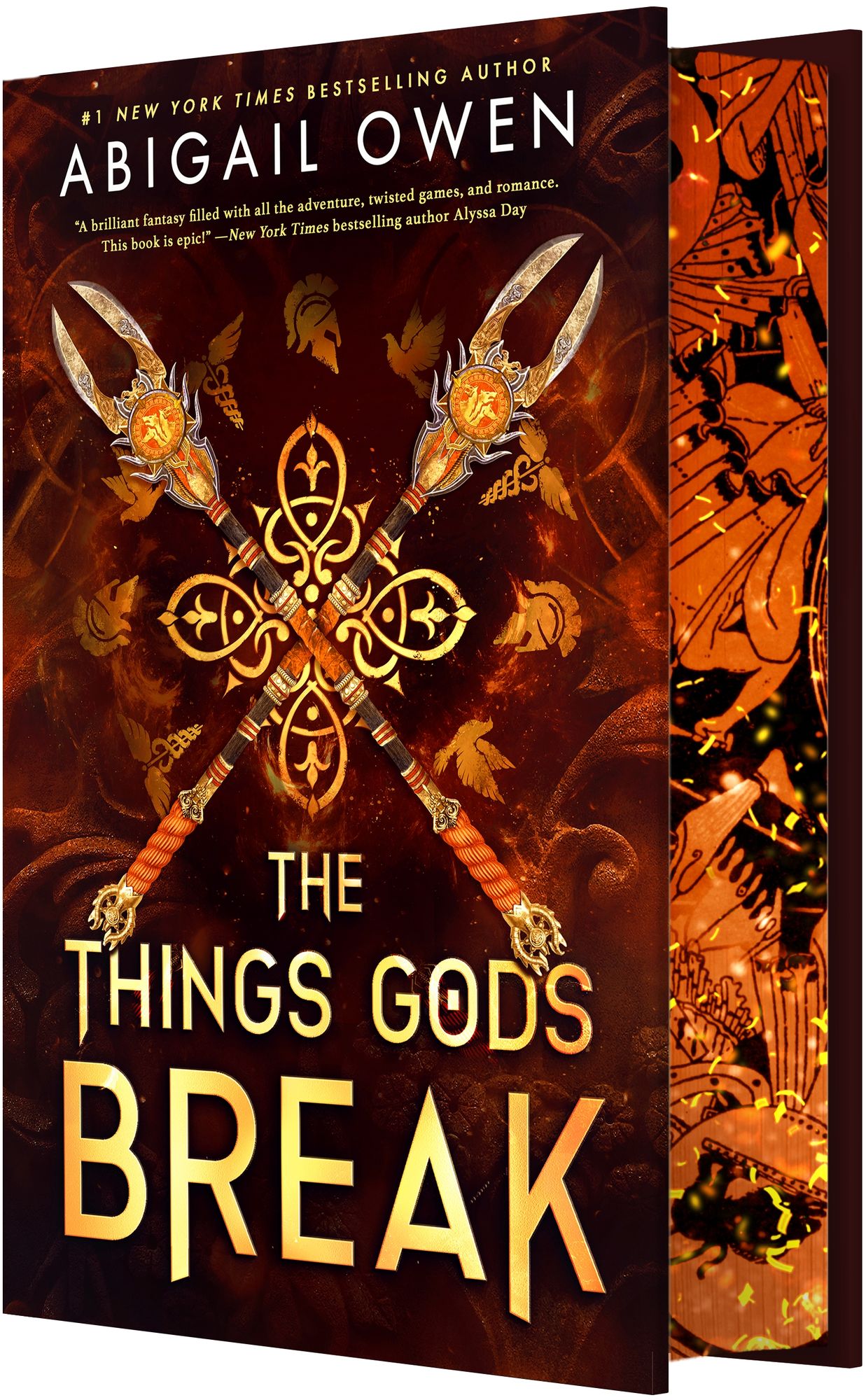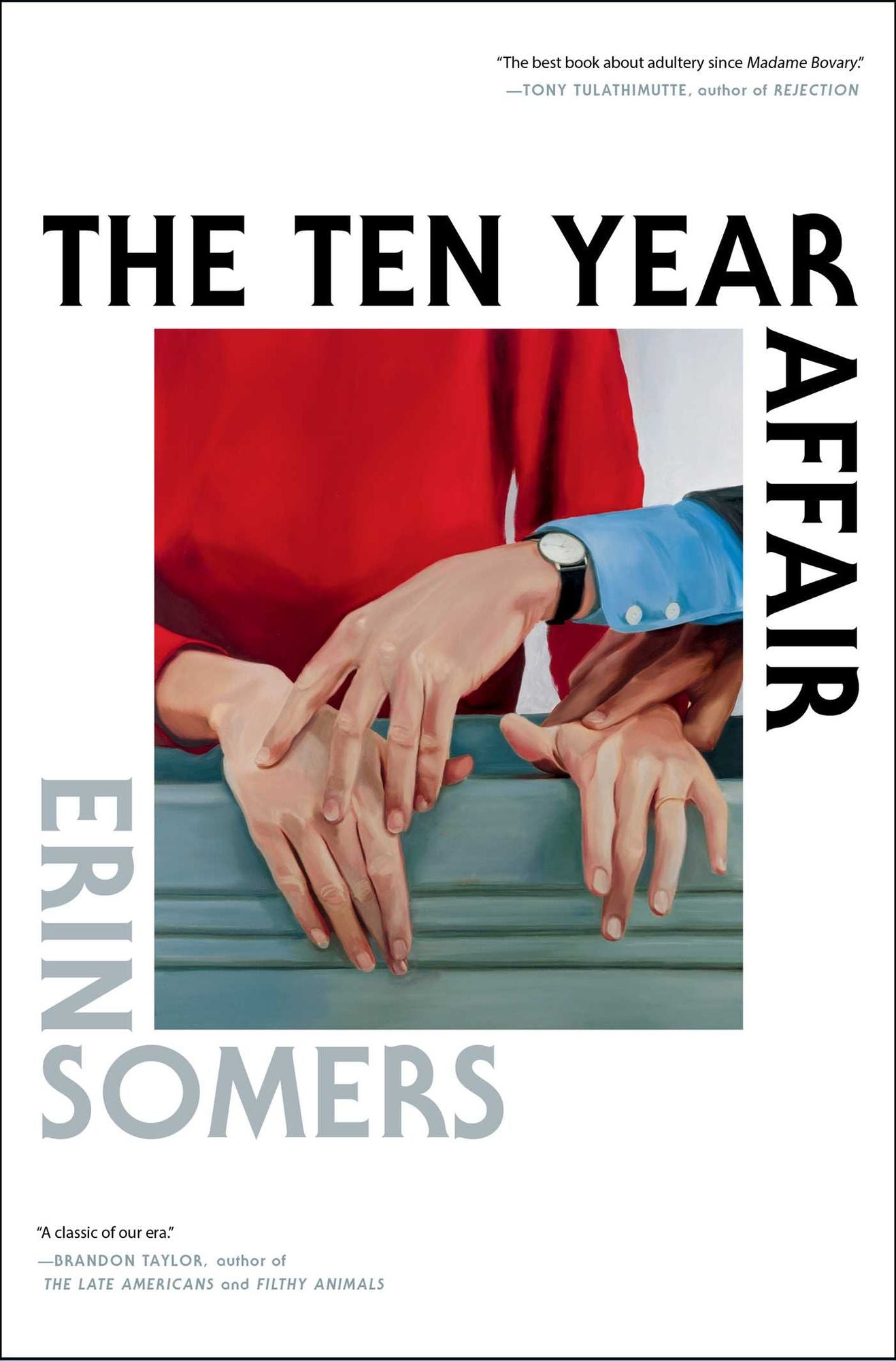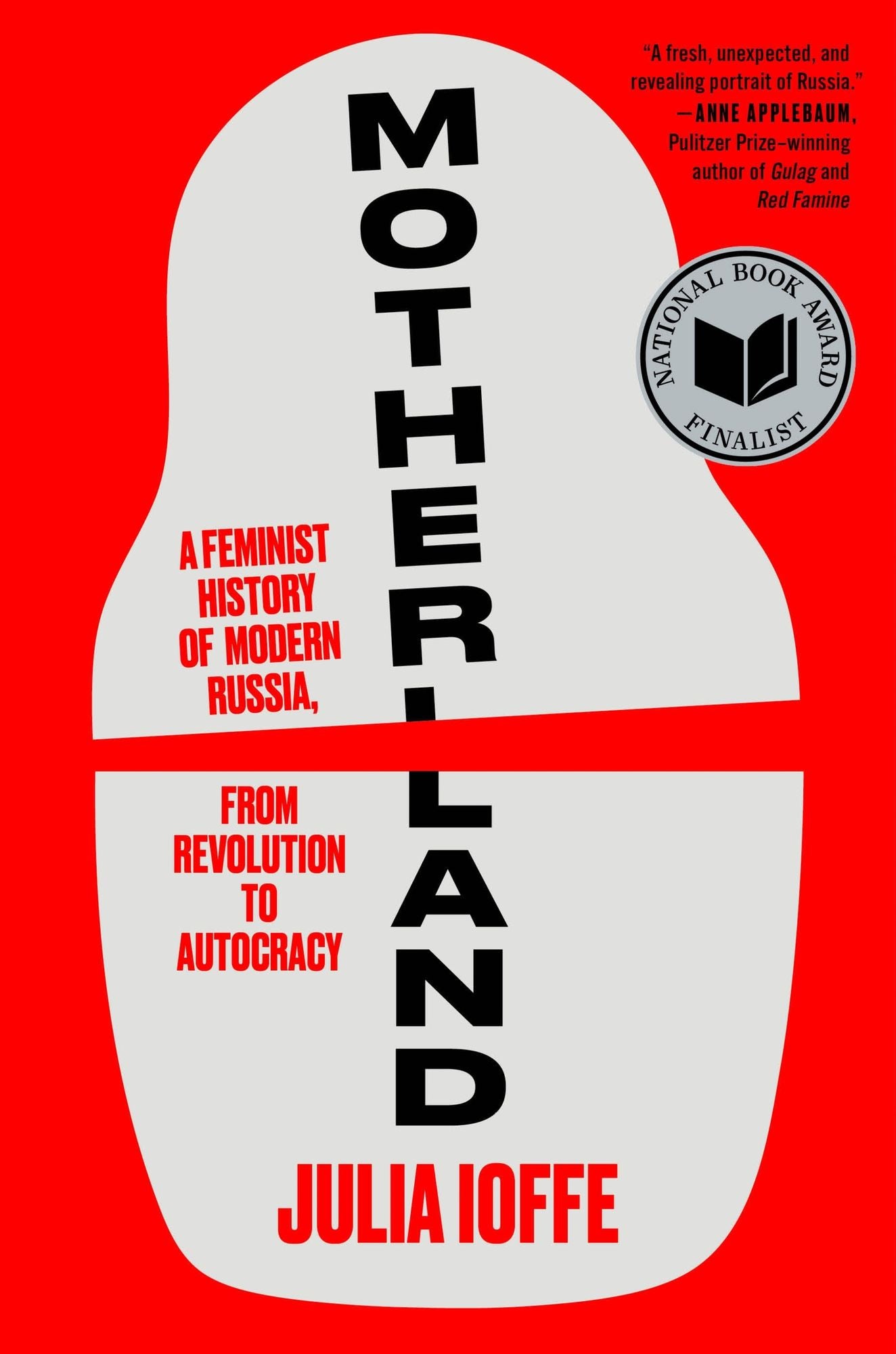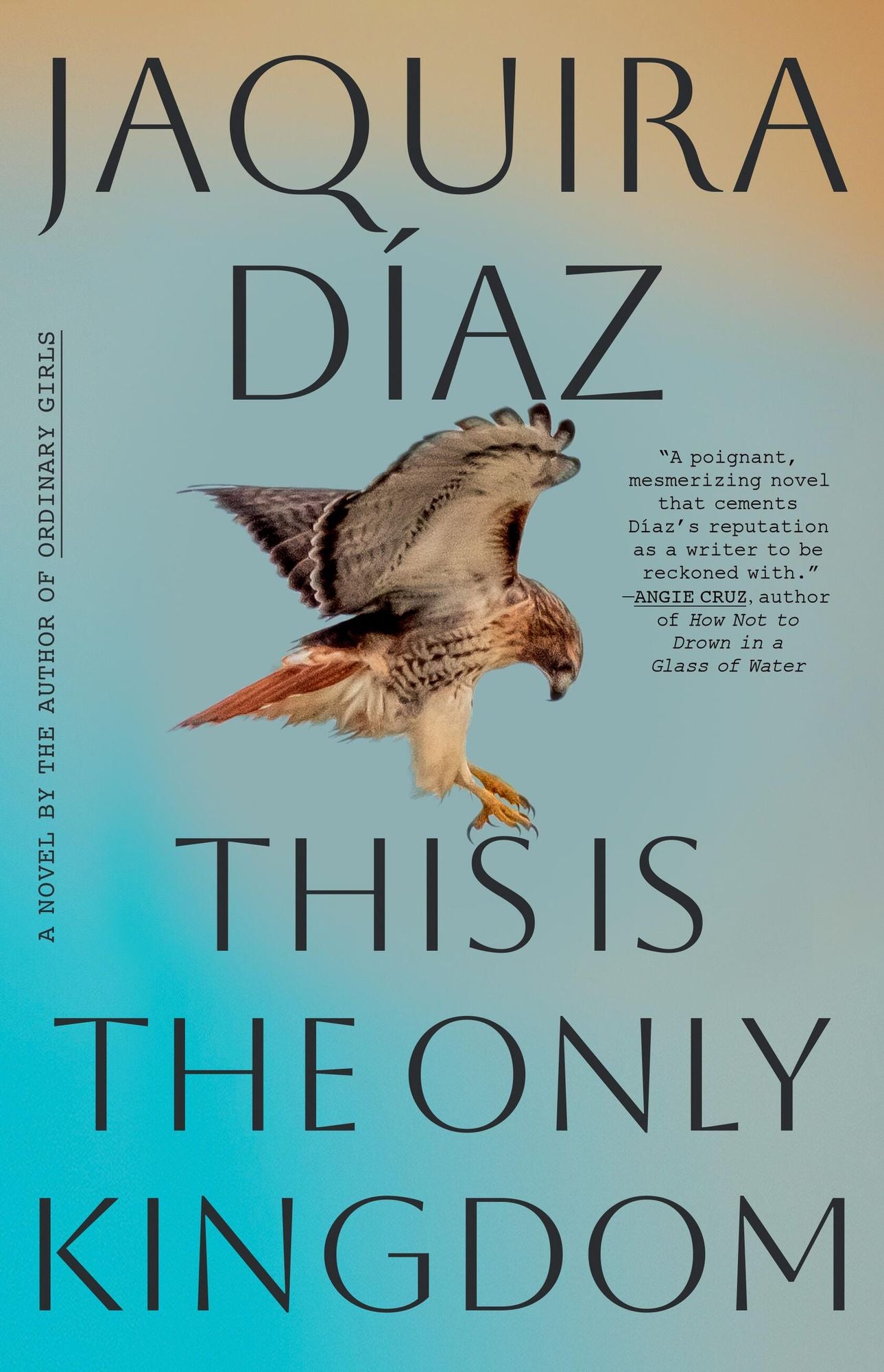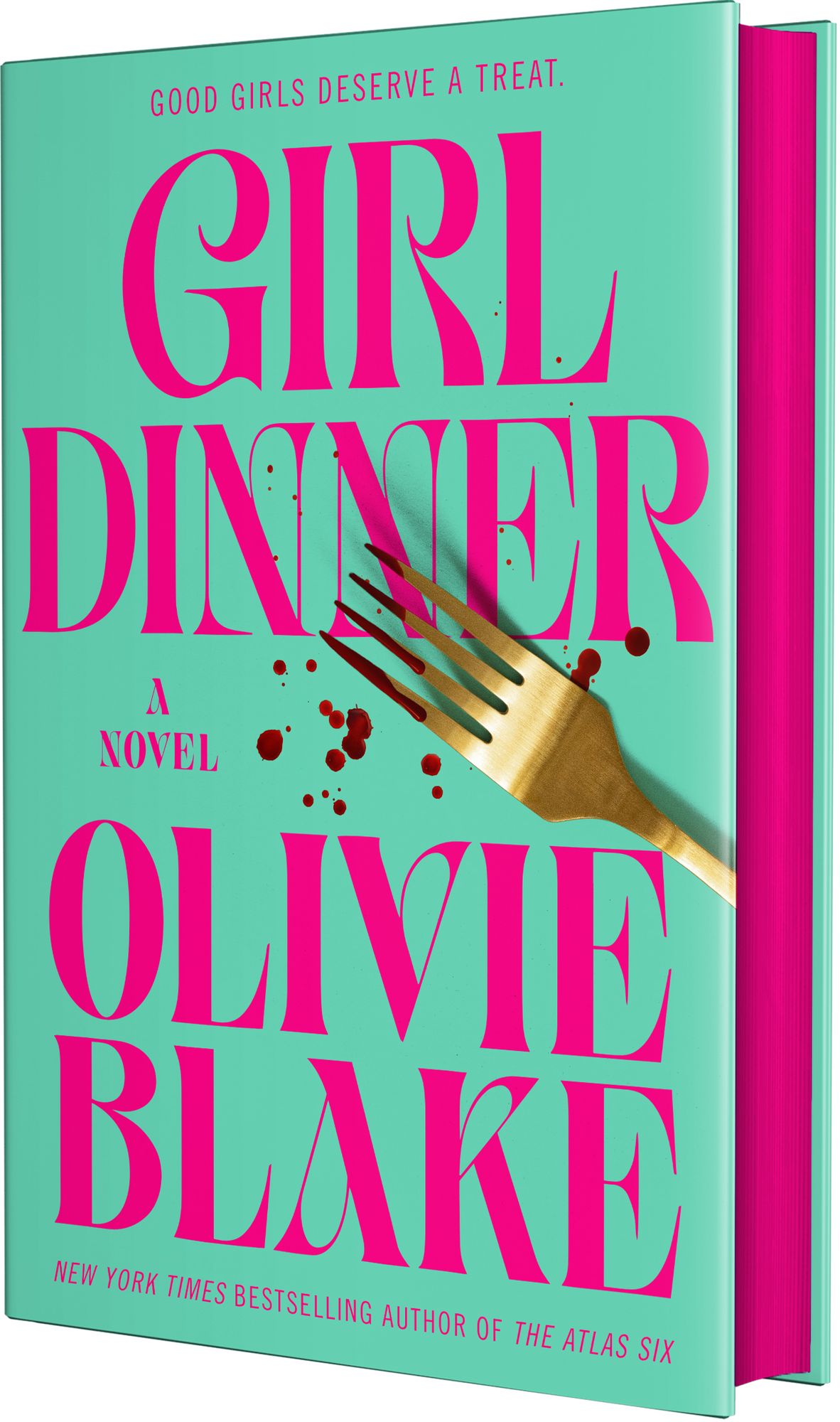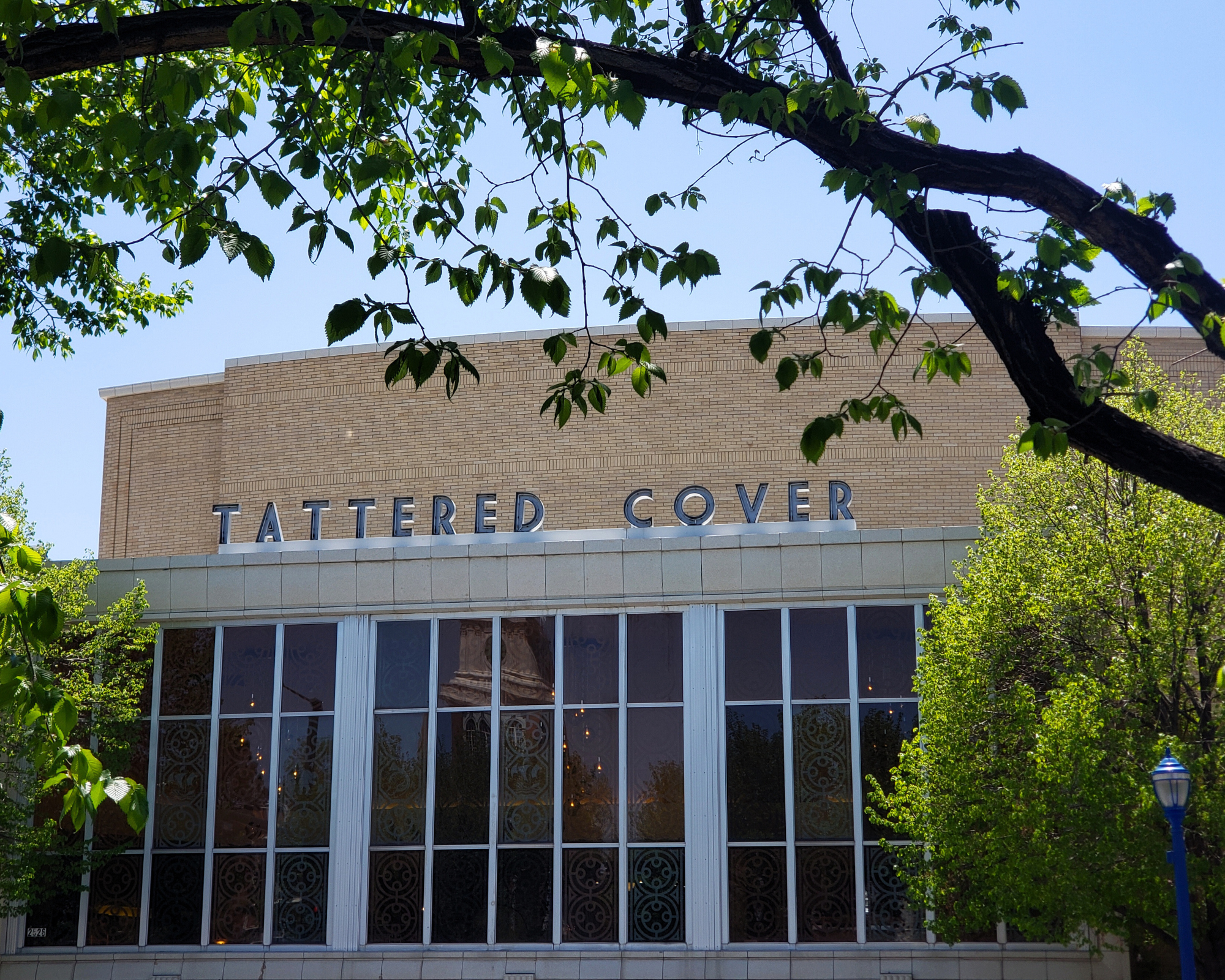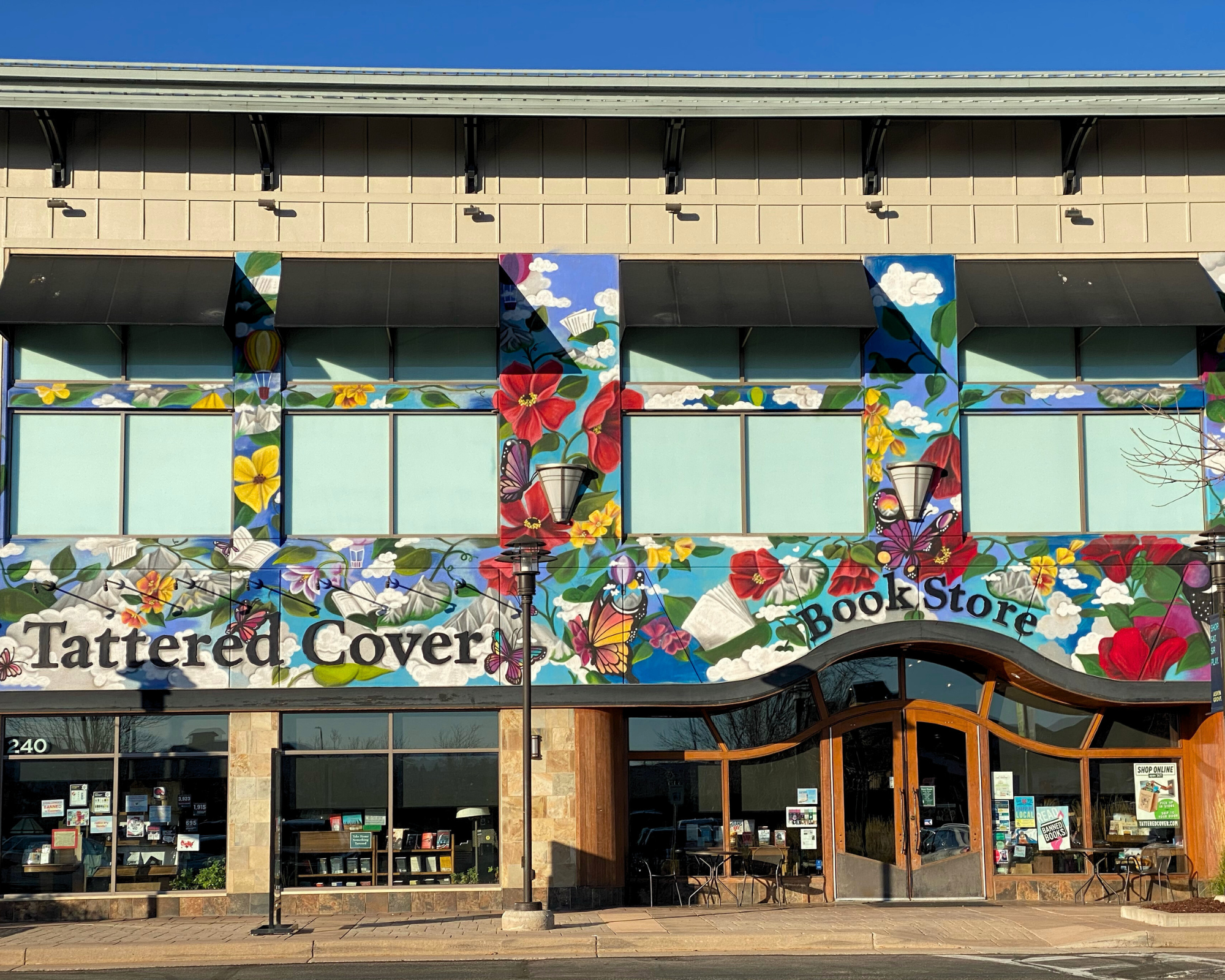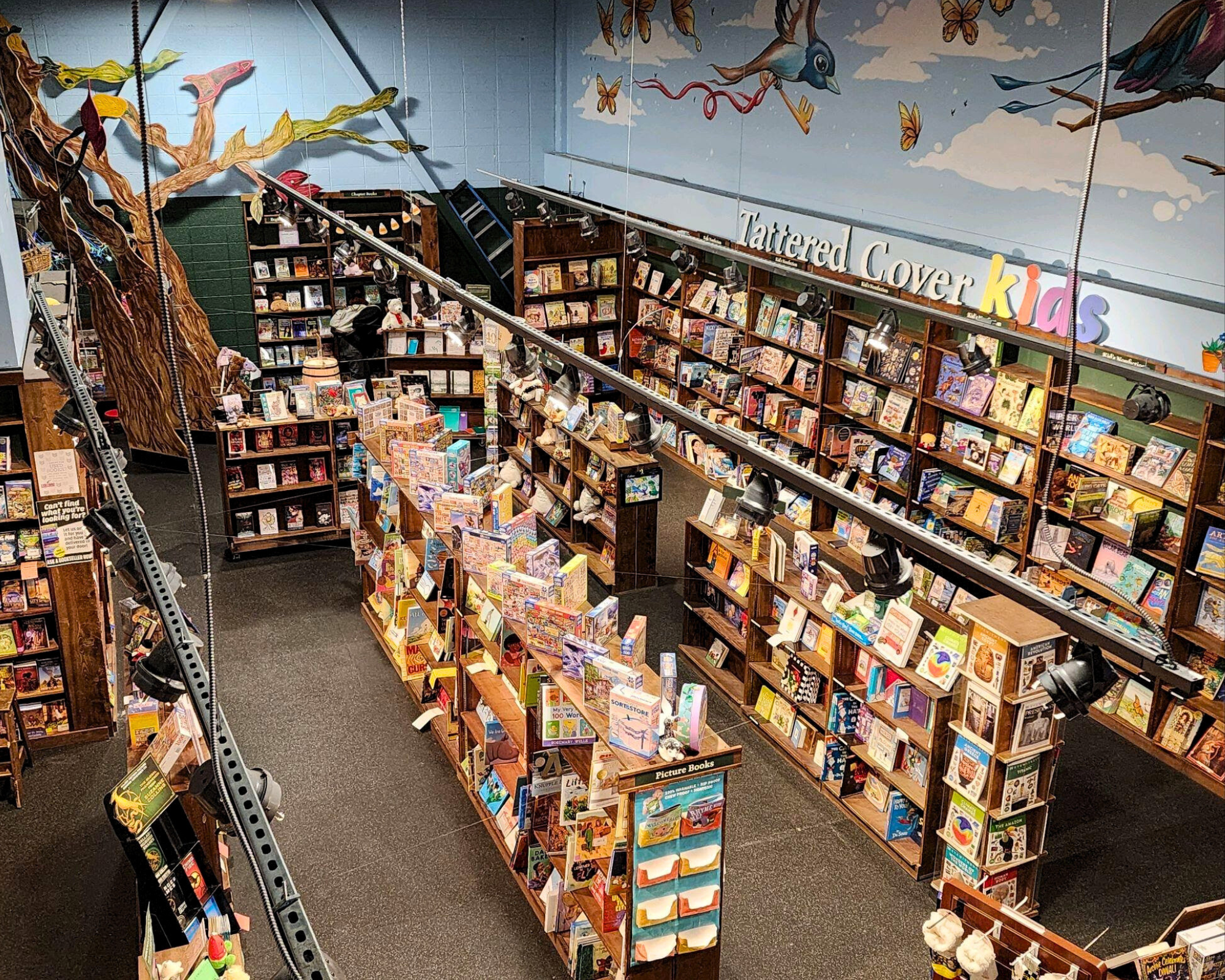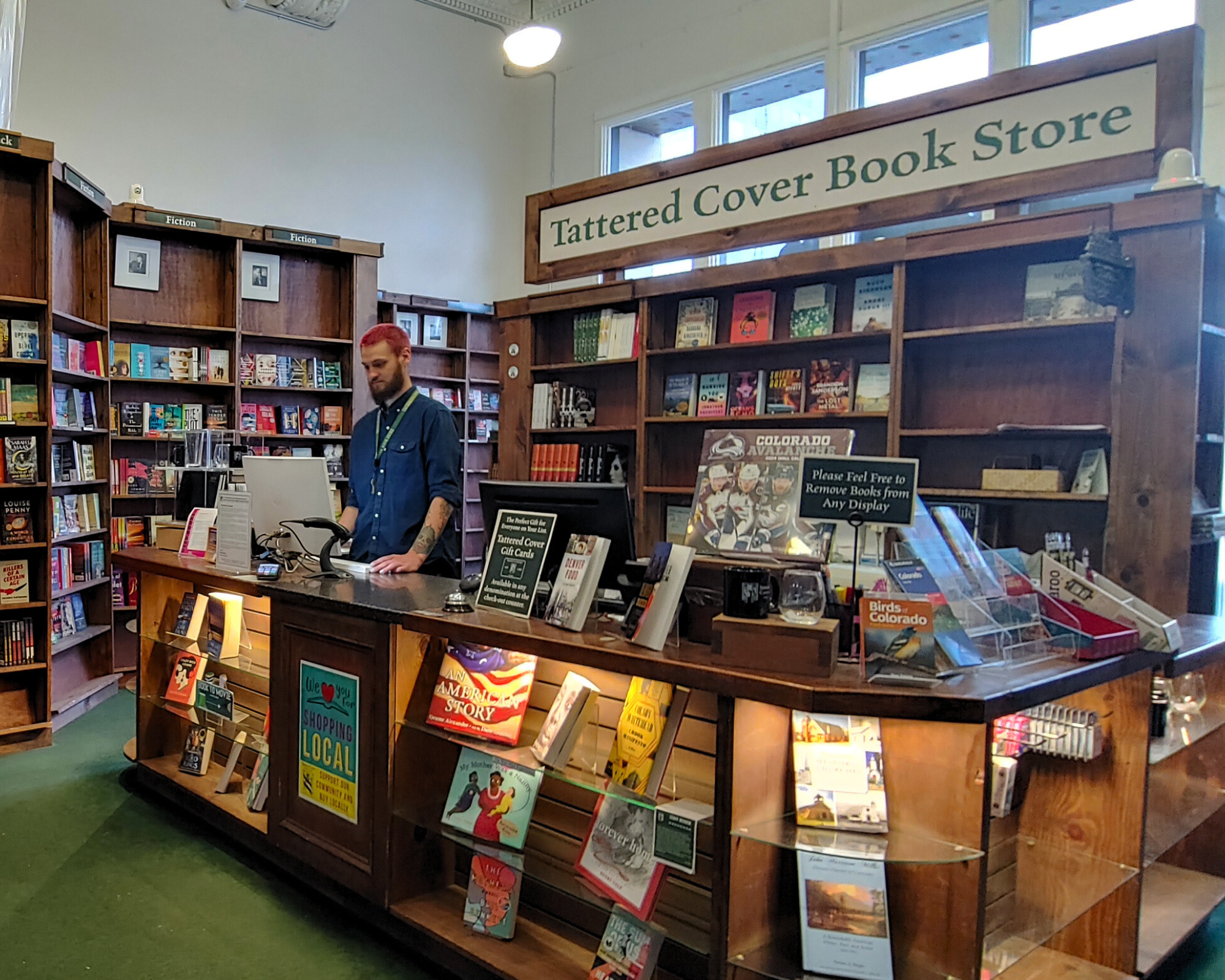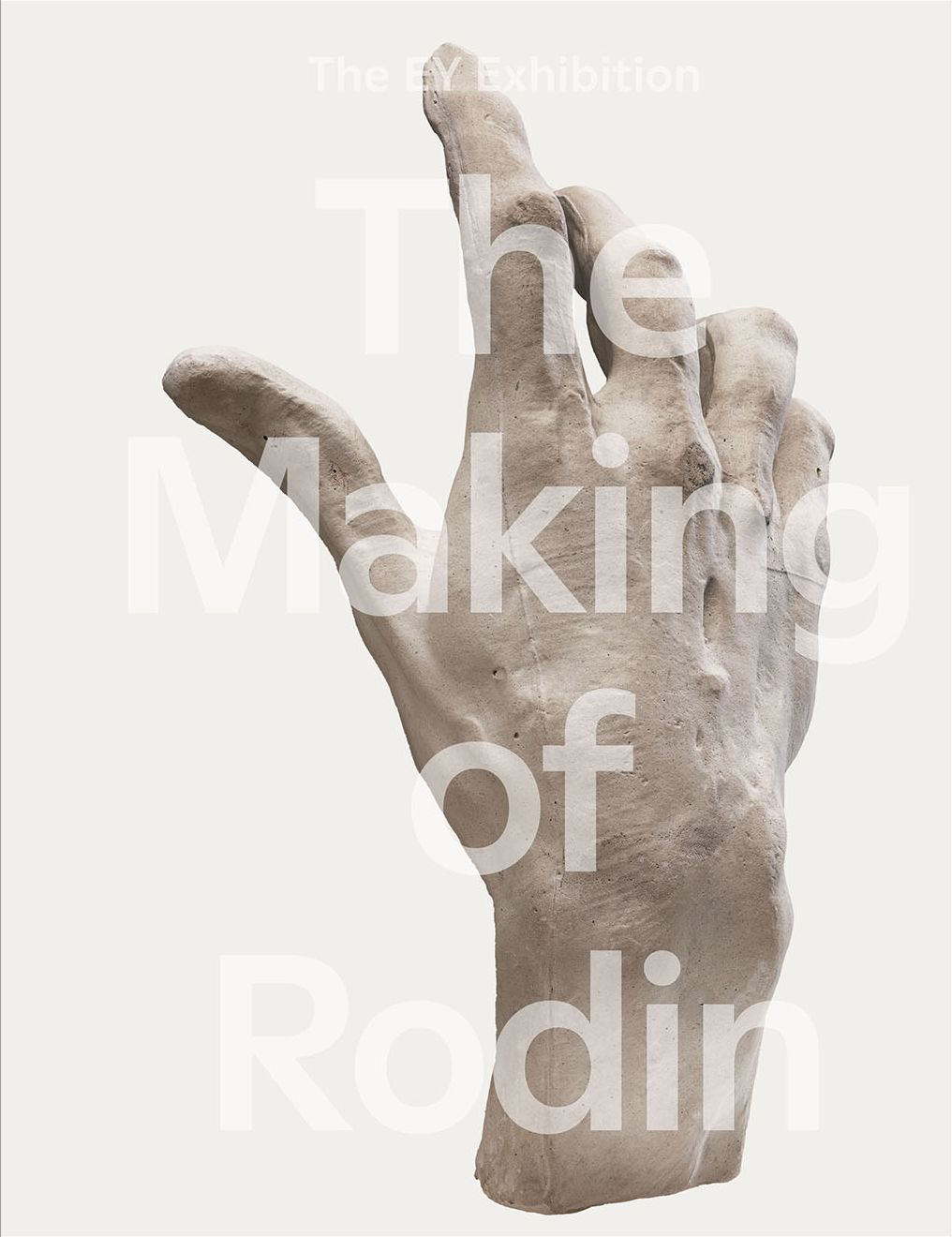
The Making of Rodin
Format: Hardcover
This beautifully illustrated book focuses specifically on Rodin's use of plaster, a material that was crucial to his process, but also demonstrates his interest in creating sculptures that are never finished, always becoming.
With an exclusive contribution from sculptor Phyllida Barlow, as well as newly commissioned texts that shed light on Rodin’s way of working, the importance of modeling, and the role of photography in his work, this is a must for professionals and aficionados. For the first time, Rodin is truly presented as the father of modern sculpture, with an influence that is indisputable and ongoing.
An array of fragile, experimental, and unique pieces are explored alongside alternative aspects of some of Rodin’s signature works, and a selection of the artist’s drawings and watercolors—the fluidity and definitive form of which bear relation to the liquid surface of his sculptures.
Auguste Rodin (1840–1917) was a radical sculptor whose unorthodox approach to multiplication, assemblage, industrial production, and serial repetition challenged classical sculptural traditions and provided a definitive break in the history of art. Although he was best known for his bronze and marble sculptures, Rodin’s genius was as a modeler who captured movement, emotion, light, and volume in pliable materials such as clay and plaster.
A stockpile of plaster body parts allowed him to experiment and explore infinite groupings and poses. Unlike his predecessors, his finished works include traces of their creation, challenging conventional conceptions of beauty.
Choose options


